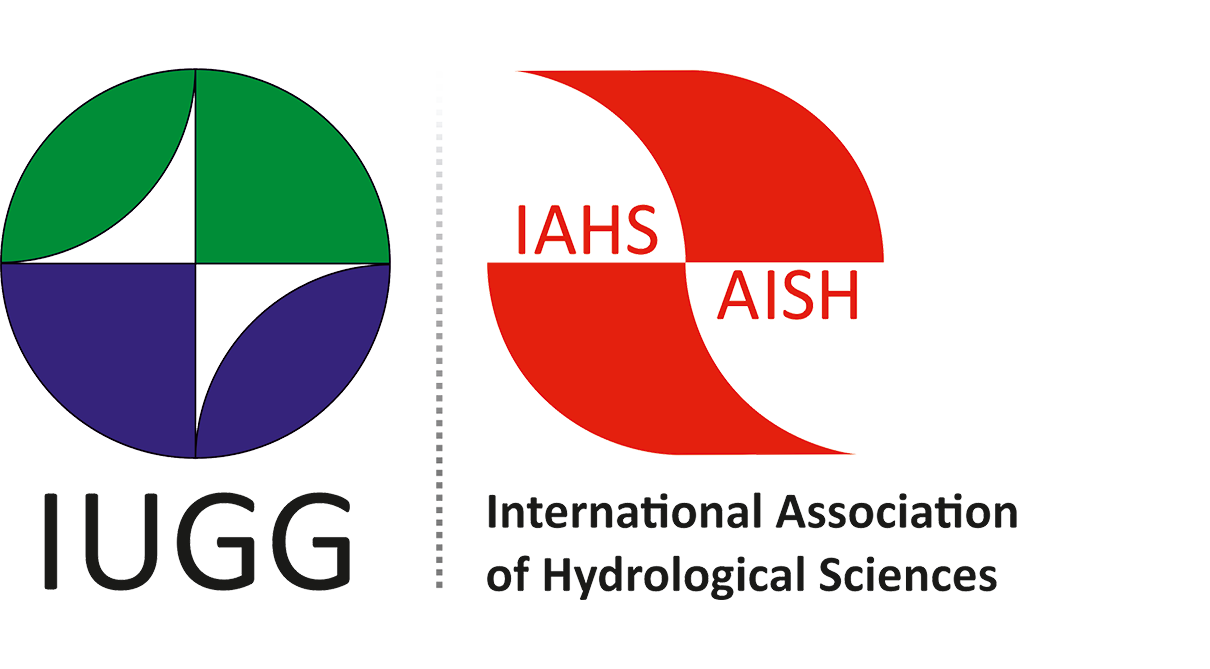PUB SYMPOSIUM 2012
Theme 2: Conceptualization of process heterogeneity - Tuesday, October 23, 2012
Convener: Günter Blöschl ([email protected])
Co-conveners: Stefan Uhlenbrook, Erwin Zehe, Doerthe Tetzlaff ([email protected]; [email protected]; [email protected] )
This session solicits papers that demonstrate innovative ways to improve our understanding of process heterogeneity and approaches to conceptualise the structure, function and behaviour of catchment systems in different climatic and geomorphic provinces. Particular attention will be given to new approaches for advancing (i) multi-scale catchment monitoring, (ii) encapsulating spatial scale issues, describing non-linearities and emergence of processes, and (iii) developing and establishing geographically and climatically transferable approaches of process and systems conceptualisation.
The space-time variability of dominant hydrological processes and interactions between vegetation, soils and substrate, snow/ice, atmosphere and riverine ecosystems will be investigated and characterised through detailed process studies. Conceptualisation approaches ranging from simple qualitative conceptual diagrams and mapping tools to increasingly complex numerical approaches in physical models will be considered. Natural isotopic and geochemical tracers provide insight into the hydrological functioning of larger catchments and are particularly useful in upscaling studies as their dynamics in natural waters reflect the integration of process interactions at fine spatial and temporal scales.In this way, tracers offer insight into the 'averaging' which characterises the emergent functioning of hydrological systems at larger spatial and temporal scales and will play an important role within session focussing on the PUB theme 2.
Oral Programme (15 minute talks)
Poster Programme
| Author | Title |
| Chansheng He | Effects of discretization schemes on simulation of watershed hydrology |
| Ramakar Jha | Critical appraisal of SCS-CN and ANN models for predicting runoff at ungauged sites of Himalayan Kosi river basin, India |
| Hoang Linh | A new approach representing landscape variability for the SWAT model |
| Efrat Morin | Hydrological process conceptualization: what about rainstorms? |
| Aline Saraiva Okello | Are observed stream flow records sufficient to understand natural hydrological process heterogeneity in the Incomati river basin? |
| Benny Selle | Recharge and discharge controls on groundwater travel times and flow paths to production wells for the Ammer catchment in south-western Germany |
| Sirak Tekleab | Characterization of d18O and d2H tracers, and hydrological application in two mesoscale agricultural dominated catchments, Blue Nile basin, Ethiopia |
